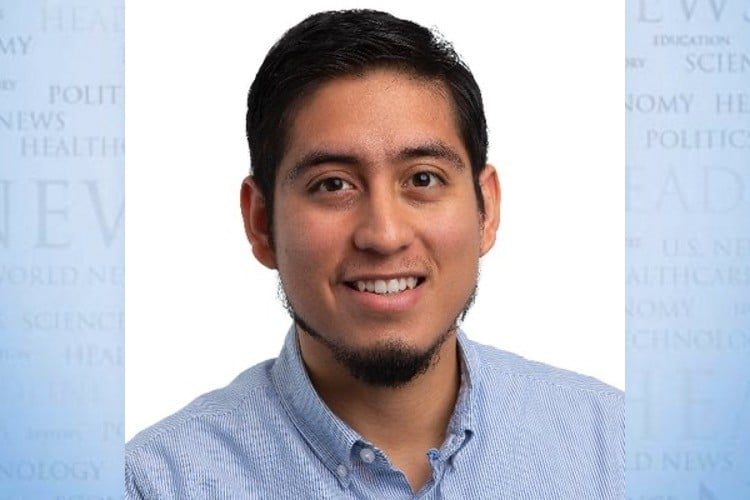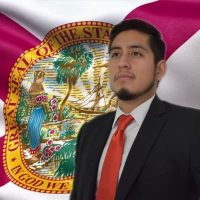
It’s no exaggeration to say that criminal cartels are in control of a large swath of American big business.
Many Americans today believe that organized crime has a minimal or insignificant presence in contemporary business and politics. Visions of political machines and corrupt corporations dominated by mob bosses are widely thought to be relics of a bygone era. Moreover, most people often associate organized crime with New York and Chicago.
The reality, however, is that the gangs have both expanded and refined their power outside of those two hubs in such a way that they largely rule without the public even being aware of their involvement in important business and governmental affairs.
This widespread public ignorance on the matter is partially due to the work of the news media and entertainment industry, which has assiduously worked to make it seem as if organized crime is past its heyday and was limited to the two above-mentioned cities — for the mob has a long history of control over Hollywood and California business and politics.
Tech entrepreneur Ron Unz, former publisher of The American Conservative and a two-time Republican candidate for public office in California, writes in a piece at his Unz Review website about the story of the mob’s conquest of the Golden State.
Citing research by author Gus Russo published the books The Outfit and Supermob, Unz explains that members of Chicago’s underworld migrated to California, where they were able to take advantage of the political landscape to establish themselves as powerbrokers, following a different strategy from the jungle law they left behind. While still willing to use violence when necessary, these mobsters used their money and fostered political connections to make themselves appear nothing more than respectable businessmen. Their strategy worked.
Unz writes:
An important point emphasized by the author is that this transformation was facilitated by the political reforms of former governor Hiram Johnson and other leading California progressives in the early decades of the twentieth century. Seeking to prevent the rise of the political “bossism” endemic to many Eastern states, they had drastically curtailed the power of political parties by allowing candidate cross-registration and other measures intended to greatly reduce the influence of the party infrastructure. But the state’s population then skyrocketed by over 50% between 1940 and 1950 and by nearly another 50% in the decade that followed, largely due to new arrivals from elsewhere in the country. With parties having little power and most candidates being unknown to this vast influx of new California voters, advertising money became the crucial ingredient of political success in such a huge state with expensive media markets, so those able to raise the necessary funding might rise very rapidly in political circles. Furthermore, individuals who had been trained in the ruthless political jungle of Chicago found naive California a far easier environment in which to operate.
What made California such a breeding ground of opportunity for the mobsters, then, was the virtual power vacuum they found there in the 1940s and ‘50s. In other parts of the country, political machines, combined with the spoils system, played pivotal roles in getting out the vote and electing candidates. The bosses who ran these machines held the power. In the absence of that system, it was those with deep pockets who held the power — those capable of pouring millions into campaign advertising.
One example is the story of former Chicago mob attorney Paul Ziffren, whose rapid ascent in the behind-the-scenes realm of California politics was propelled by his adeptness at raising substantial funds for his preferred candidates. Upon his arrival in Los Angeles in the mid-1940s, his strong ties to the Truman White House enabled him to swiftly surpass the prominent local Democrats in national influence. By 1953, he had assumed the role of Democratic national committeeman for California, earning accolades for revitalizing the state party, which effectively secured both chambers of the state legislature for the first time in three quarters of a century. His contributions made him a favorite of the national chairman, who hailed Ziffren as the key Democratic figure behind the triumph.
Notably, Ziffren was behind the election of Pat Brown (who later went on to become governor, as did his son, Jerry Brown) as California’s attorney general, and in return for this crucial support, Brown appointed Ziffren’s brother as the assistant attorney general for Southern California. This move provided legal protection for the syndicate’s ongoing activities, despite facing persistent opposition from local law-enforcement agencies.
Another major figure on whom both Russo and Unz focus is attorney Sidney Korshak, who got his start working for Al Capone in Chicago. Korshak went on to become one of the most powerful men in Hollywood while also exercising control over unions and union-adjacent businesses. His success was due to his ability to bridge spheres of gangs, unions, and respectable businesses. He spent a fortune to keep himself out of top newspapers such as the Los Angeles Times and lived in a walled and gated home protected by armed guards.
An example of how organized-crime corruption can affect the politics of the nation is a scandal of the John F. Kennedy administration. The mob famously helped JFK get elected president in 1960. Kennedy’s defense secretary, Robert McNamara, awarded a lucrative contract for the production of F-111 fighter-bombers to General Dynamics instead of Boeing because Henry Crown of Chicago Sand and Gravel had put $300 million of the mob’s money into General Dynamics debentures. Since General Dynamics was going through a bad period, it needed the contract to avoid shutting down and thereby losing the mob’s money.
The line between legitimate business and crime is much finer than most Americans believe. The mobs of yesterday have evolved into more sophisticated outfits that eschew attention-grabbing street violence in favor of high-level corruption that is bringing America closer to collapse.




